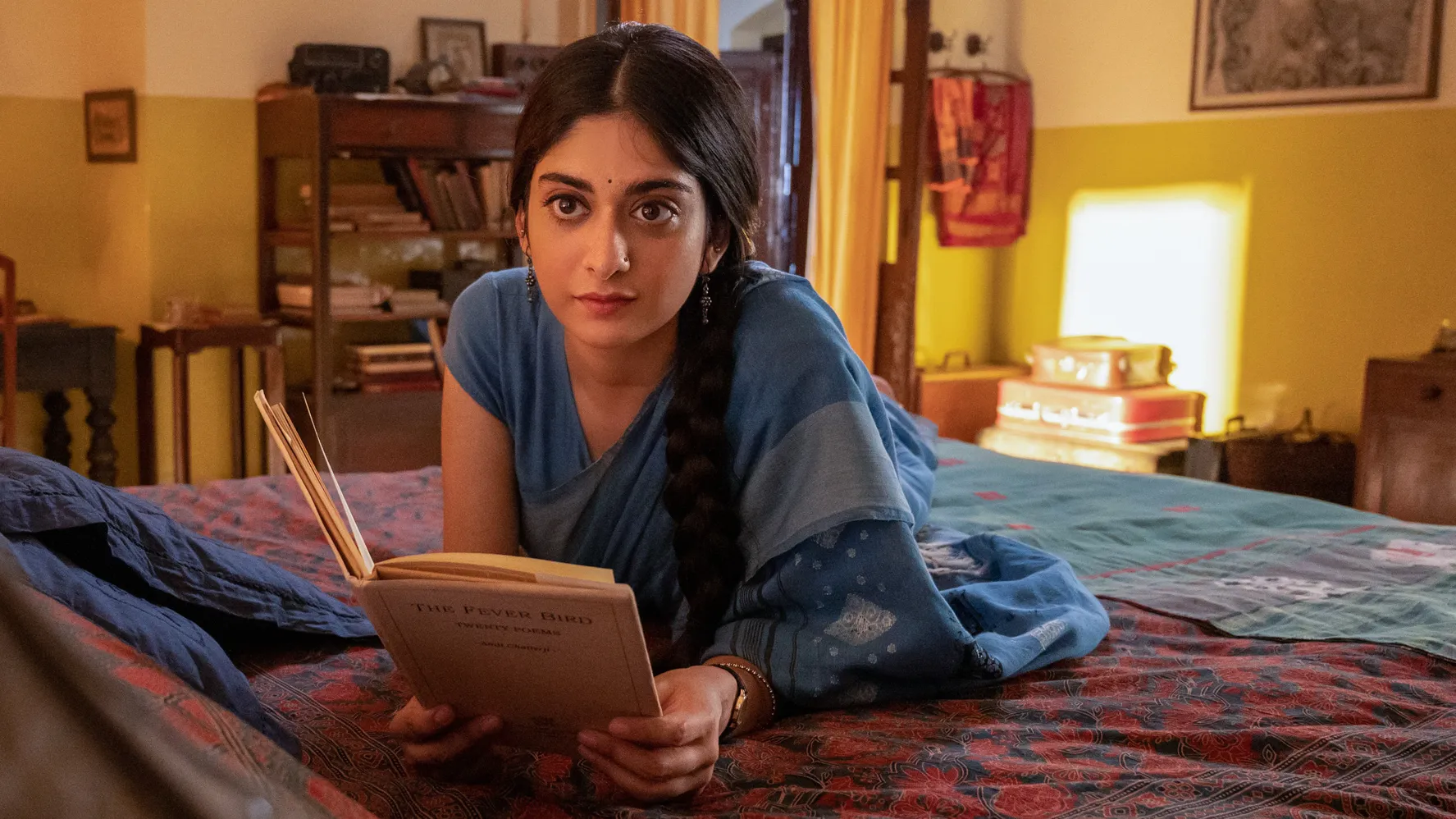By Radhika Agrawal
I’ll never forget the first fiction book I read. I was 11 years old and it was summer vacation. On one of those long afternoons when my parents didn’t know what to do with me and the world outside was too hot to enjoy, my dad handed me a copy of Come to the Circus! by Enid Blyton from the family library, probably thinking it would keep me busy for a bit. Little did he know, it would change my life. I was transported to a fantastical world of eccentric characters and wonders, a place to experience adventures I could never have imagined. It felt like stumbling upon a hidden door and unlocking a whole new universe of exciting possibilities. I was almost upset that I hadn’t found it sooner.
So imagine my surprise when years later, as I set out to become an author, I learned that fiction wasn’t exactly thriving in India. It felt odd. How could a country with such a rich literary history not be hungry for stories that sprinkle fairy dust on your worldview? “Fiction is a much smaller subset of what India reads,” confirms Chirag Thakkar, senior associate publisher at Bloomsbury India. “Non-fiction is a faster-moving genre in the bestselling lists compiled year on year. Self-help, pop history, books by celebrities and mythology dominate the market,” he adds.
This bias against fiction in India isn’t as much a trend as it is a reflection of the culture itself. When we spend 500-odd rupees on a book, we want to know we’re getting the most bang for our buck. Which is why fictional stories often take a backseat in favour of content that promises direct, tangible benefits: personal growth, career success or a deeper understanding of the world around us. “Since I don’t find reading effortless, I tend to pick books that I associate with professional or intellectual growth over those that I associate with leisure and fun,” says non-fiction reader Setu Loomba. The idea that fiction offers nothing but a leisurely escape without imparting any real value is a unidimensional take. Shreya Punj, head of e-commerce at HarperCollins India, insists that fiction has played a pivotal role in shaping her personal constitution. In her formative years, books like The Famous Five and Nancy Drew instilled a sense of curiosity in her, Sherlock Holmes sharpened her powers of observation, and later, Premchand’s works deepened her understanding of empathy. Fiction also taught her the importance of questioning everything. “An unreliable narrator can teach you that more than any life experience,” she says.
While the fiction landscape in India struggles to gain the attention it deserves, it continues to flourish globally, particularly in the US and UK, with novels consistently topping bestseller charts and fueling cultural conversations. But given the developed literary infrastructure in these regions, it’s not exactly a fair comparison. “Theirs is a more mature market with centuries of access to language, form, styles, genres and a long publishing tradition,” explains Thakkar. So, the real question is: what will it take for the Indian fiction market to catch up? Does it simply need time to mature or are there ways we can accelerate its growth?
The rise of social media has supercharged fiction in the West and it’s a trend that can—and should—be harnessed in India as well. With over 200 billion views on TikTok, communities like #BookTok have become powerful catalysts for books like A Court of Thorns and Roses and Fourth Wing. While we may not have TikTok in India, the Indian Bookstagram community is beginning to play a significant role in bringing fiction into the spotlight, with readers and influencers sharing book recommendations, reviews and discussions that help foster a vibrant literary community. In my own experience, when a celebrity posted about my novel Red Flags and Rishtas on Instagram, the impact was immediate. The book’s Amazon ranking shot into the top 100, and it quickly went into reprint.
Building awareness through social media, however, is just one piece of the puzzle. If the reception to shows based on Indian novels like Sacred Games, A Suitable Boy, Paatal Lok and Murder In Mahim is anything to go by, there’s definitely an appetite for storytelling that breaches the borders of believability. But to genuinely broaden fiction’s reach beyond our screens, we need to address issues around accessibility and the availability of books in regional languages. A major chunk of bestselling fiction by Indian authors like Arundhati Roy, Jhumpa Lahiri and Ruskin Bond is published and marketed in English. It’s crucial to remember that most Indians do not read in English, so publishing houses need to back regional-language fiction that will introduce native readers to the joys of fantastical worldbuilding. “We also need a much better distribution mechanism and ecosystem to reach out to remote and rural regions,” Thakkar agrees.
Ultimately, if fiction is to find its rightful place in India, we need to look beyond isolated solutions and instead address the deeper cultural attitudes holding it back. It’s no easy task, but the stories worth telling rarely are.
7 unputdownable contemporary Indian fiction books set in Delhi
The last standing independent bookstores in Hyderabad are all run by women
Bookshelf wealth is all well and good, but are you checking on your bookshelf’s health?
